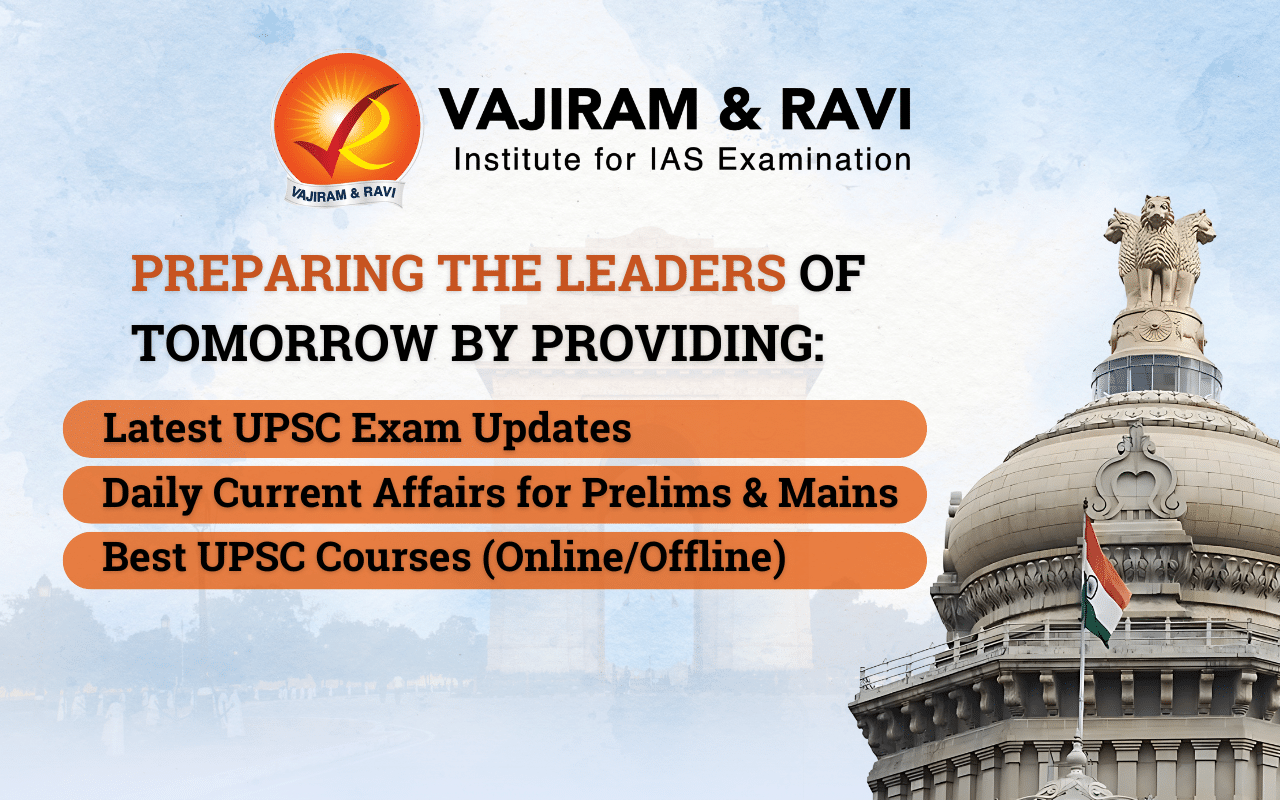Pangenome Latest News
Scientists have created the first-ever pangenome of Asian rice (Oryza sativa L.) by compiling genetic data from 144 varieties of both wild and cultivated rice strains.
About Pangenome
- A pangenome includes not only the core genes shared by all varieties but also the unique genes found in individual strains, offering a comprehensive map of genetic diversity in Asian rice.
- This project is comparable to the Human Genome Project (2003) in its goal to map genome-wide variations, but it is focused on rice, which is a staple food for nearly two-thirds of the world population.
- India, a major rice producer, recorded a record production of 220 million tonnes in 2024-25 over 51,000 hectares, with an average yield of 4.2 tonnes/hectare.
- The new pangenome database enables the development of advanced rice cultivars with enhanced traits, such as disease tolerance and resilience to climate shocks.
Key Findings
- Researchers used high-fidelity sequencing (PacBio HiFi) and advanced computational tools to assemble 3.87 billion base pairs of novel genetic sequences, which were absent from the earlier reference genome of Oryza sativa ssp. japonica.
- A total of 69,531 genes were identified, out of which:
- 28,907 are core genes common to all varieties,
- 13,728 are specific to wild rice, and
- About 20% of all genes were unique to wild rice species, offering potential for future improvements in rice breeding.
- Indian Council of Agricultural Research (ICAR) recently developed two genome-edited rice varieties – Samba Mahsuri and MTU 1010 – that show promise for higher yield and drought resistance, though they are not yet released for cultivation.
Threats
- Climate change is a significant threat to rice production in India. The country has seen an average temperature rise of 0.7°C since 1901, and 2024 was the hottest year recorded, with minimum temperatures 0.9°C above average.
- Rising temperatures also increase arsenic uptake in rice, posing risks to both health and crop yield stability.
Pangenome FAQs
Q1: What is the Pangenome of Asian Rice?
Ans: The Pangenome of Asian Rice is a comprehensive genomic database that includes all the genes present across multiple rice varieties, both wild and domesticated, rather than relying on a single reference genome like earlier studies.
Q2: Why is the Pangenome important for rice research?
Ans: The Pangenome helps capture genetic diversity across rice strains, enabling researchers to identify genes responsible for drought resistance, disease tolerance, yield improvement, and nutritional quality, which are critical for breeding climate-resilient rice.
Source: TH
Last updated on January, 2026
→ Check out the latest UPSC Syllabus 2026 here.
→ Join Vajiram & Ravi’s Interview Guidance Programme for expert help to crack your final UPSC stage.
→ UPSC Mains Result 2025 is now out.
→ UPSC Notification 2026 is scheduled to be released on January 14, 2026.
→ UPSC Calendar 2026 has been released.
→ UPSC Prelims 2026 will be conducted on 24th May, 2026 & UPSC Mains 2026 will be conducted on 21st August 2026.
→ The UPSC Selection Process is of 3 stages-Prelims, Mains and Interview.
→ Prepare effectively with Vajiram & Ravi’s UPSC Prelims Test Series 2026 featuring full-length mock tests, detailed solutions, and performance analysis.
→ Enroll in Vajiram & Ravi’s UPSC Mains Test Series 2026 for structured answer writing practice, expert evaluation, and exam-oriented feedback.
→ Join Vajiram & Ravi’s Best UPSC Mentorship Program for personalized guidance, strategy planning, and one-to-one support from experienced mentors.
→ UPSC Result 2024 is released with latest UPSC Marksheet 2024. Check Now!
→ UPSC Toppers List 2024 is released now. Shakti Dubey is UPSC AIR 1 2024 Topper.
→ Also check Best UPSC Coaching in India
Tags: Pangenome prelims pointers upsc prelims current affairs

















